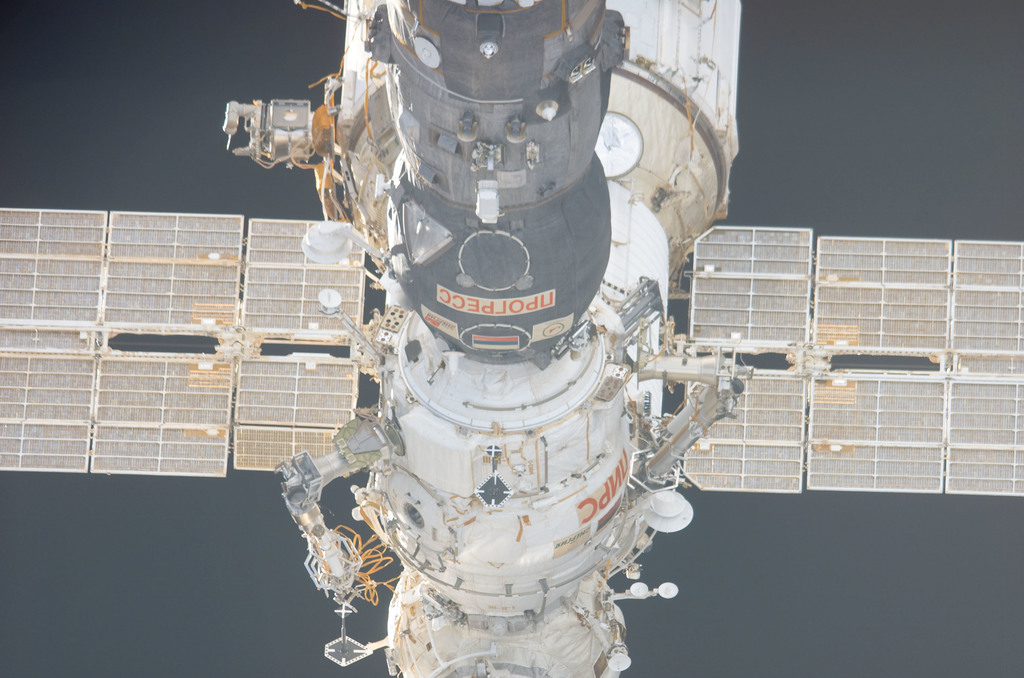Exploring Future Endeavors after the Lunar Landing Setback of Luna 25
On Aug. 19, the Russian spacecraft Luna 25 experienced a tragic accident during a planned orbit maneuver. After successfully completing an eight-day flight and two orbit corrections, Luna 25 was positioned in a circumlunar orbit with dimensions of 90 by 113 kilometers. The next step was to transfer to a pre-landing orbit with dimensions of 18 by 100 kilometers. However, during this transfer, the connection with the spacecraft was suddenly lost at 11:57 UTC, resulting in Luna 25 crashing into the Moon.
The mission overview reveals that shortly after the unexpected crash, Roscosmos, the Russian space agency, confirmed that problems had occurred during the maneuver. Despite attempts to reestablish communication with the spacecraft, Roscosmos declared Luna 25 lost on Aug. 20 and confirmed that it had crashed on the lunar surface. This confirmation is significant because Roscosmos typically only acknowledges problems when absolutely necessary, indicating that there was no possibility of recovering the spacecraft.
Unofficial sources suggest that the transfer impulse, or the force applied to change Luna 25’s orbit, was 1.5 times higher than expected. This miscalculation resulted in Luna 25 being transferred to an orbit of -15 by 100 kilometers instead of the intended orbit. As a result, the spacecraft crashed into the Moon at a speed of 1.68 kilometers per second.
The exact cause of the crash remains unknown, but there are two possible scenarios being considered: a software error or a hardware error. The software error would involve a mistake made by the programmer, while the hardware error would involve an engine failure. Both teams involved in the mission are blaming each other for the accident.
Despite this setback, the Russian space exploration program still has future plans. Following Luna 25, an orbiter named Luna 26 was scheduled to be sent to the Moon, followed by a more powerful lander named Luna 27, and finally a lunar soil return mission called Luna 28. These missions were also part of the Russian-Chinese lunar base project. However, with the loss of Luna 25, Roscosmos now faces three possibilities.
In the past, Soviet missions were often built in pairs. If the first spacecraft was lost, a second one was ready for launch. For example, if the first spacecraft successfully reached orbit, the second one would either be launched or used as a test object. Unfortunately, Luna 25 does not have a twin or a second chance.
The first possibility for Roscosmos is to gather all the test models and backup instruments and create Luna 25B, a spacecraft similar to the lost one, in order to carry out its mission. The second option is to proceed with Luna 26 as planned, without considering Luna 25’s failure. The orbiter would be responsible for precise cartography of potential landing sites for Luna 27. However, the current directors overseeing the project may not be in charge when Luna 26 is scheduled to launch in the 2030s or later.
Interestingly, the fate of the Russian lunar program may depend on the success or failure of Chandrayaan-3, India’s lunar lander. If Chandrayaan-3 successfully lands on the Moon’s south pole, Russia will not receive recognition as the “first country to land on the south pole of the Moon.” This could make it more challenging for Roscosmos to secure funding for new spacecraft. On the other hand, if Chandrayaan-3 fails, Russia will still have an opportunity to achieve this milestone, potentially increasing government investment.
The third scenario is that the entire Russian lunar program will be canceled, although this outcome seems unlikely given Russia’s reputation in space exploration.
Despite Luna 25’s tragic failure, the Russian space program continues to strive for further advancements in lunar exploration. The accident serves as a reminder of the challenges and risks associated with space missions, but it has not deterred Roscosmos from pursuing its goals. As the space agency evaluates its options, the future of Russian lunar exploration hangs in the balance.
